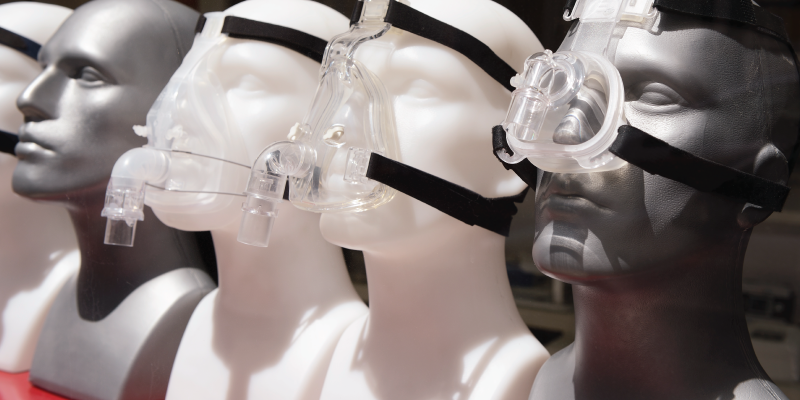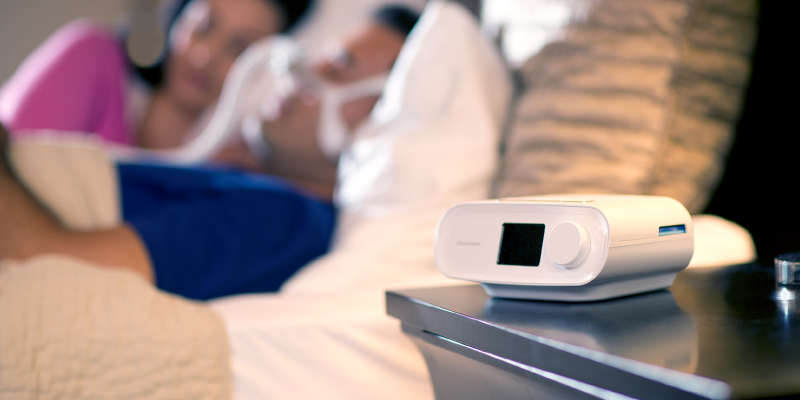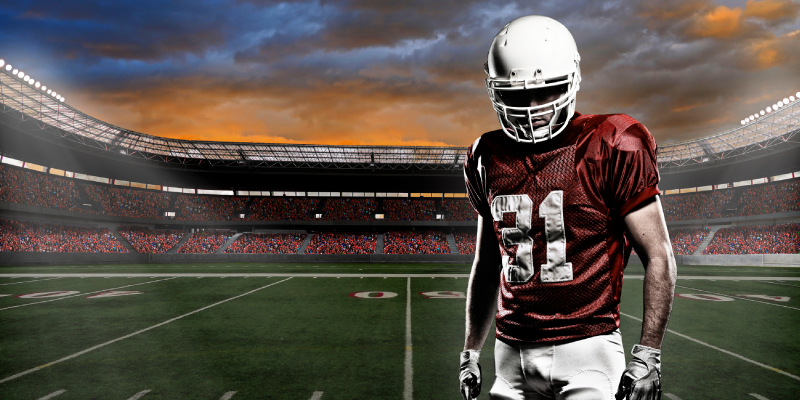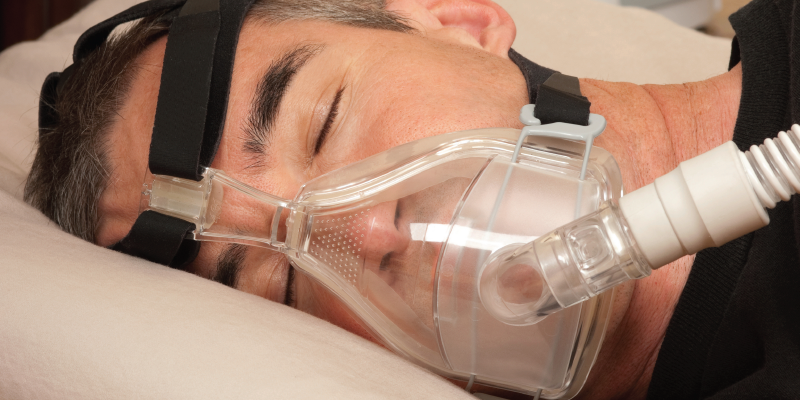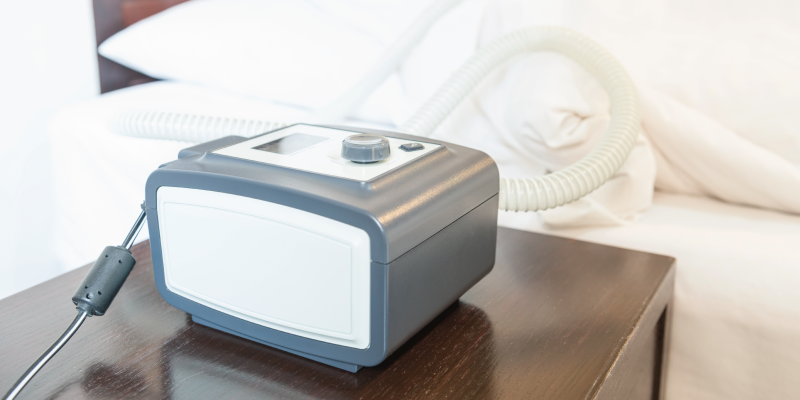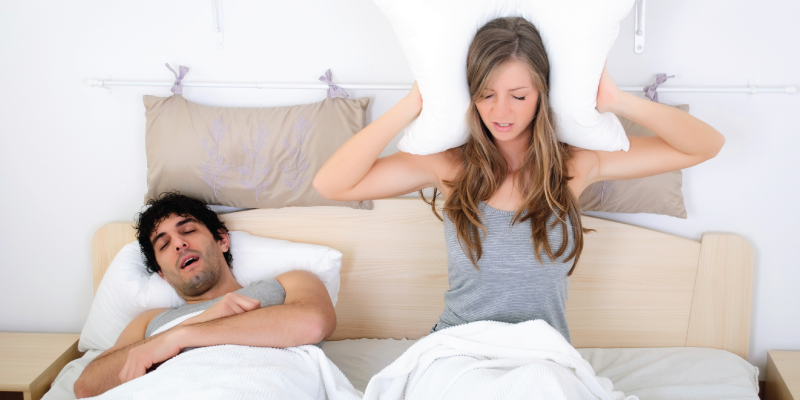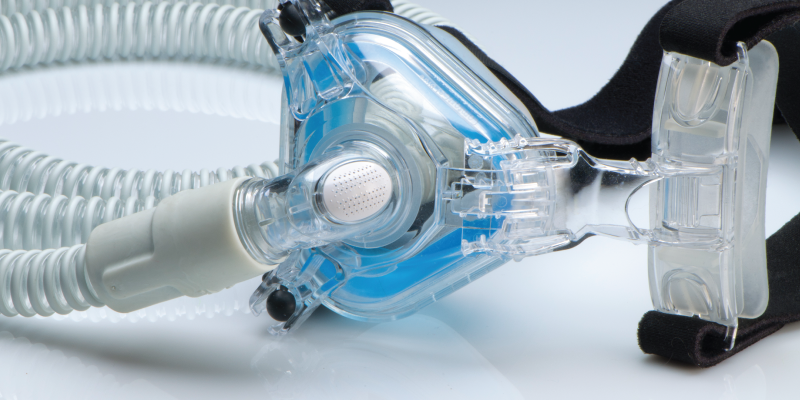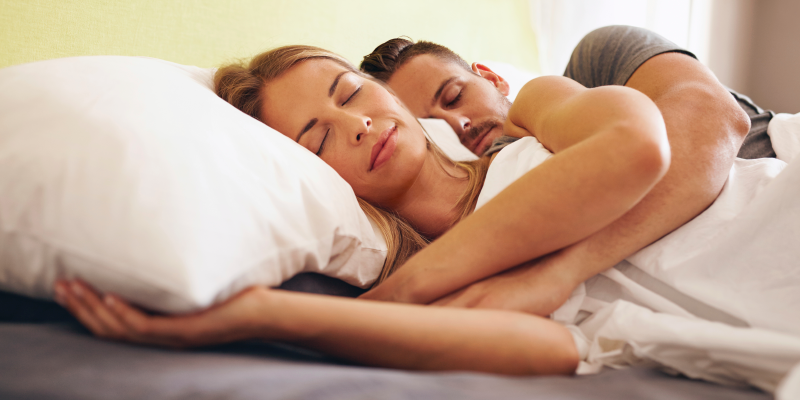
Between your doctor and the specialists at the sleep lab, you may have been hearing a lot about REM and NREM sleep. Both are important to your sleep cycle, and sleep apnea’s interruption of them can be detrimental to your health. CPAP Central wants sleep, breathe, and live healthier, which is why we would like to educate you on the importance of NREM sleep.
NREM sleep refers to non-rapid eye movement sleep. Each stage of NREM can last five to 15 minutes as the cycle repeats itself. Typically, your sleep cycle will begin with NREM and then turn into REM sleep. Your body will go through the following stages as it enters deep sleep:
- Stage 1 – Sleep readings show that people in this stage start to fall asleep but can be easily awakened. If you don’t get past this stage, you’ll feel as if you haven’t slept at all. Stage 1 may last five to ten minutes and can be accompanied by sudden muscle contraction.
- Stage 2 – Light sleep takes place and sleep readings show intermittent peaks and valleys, or positive and negative waves. These waves indicate spontaneous periods of muscle tone mixed with periods of muscle relaxation. Body temperature and heart rate decrease and at this point the body prepares to enter deep sleep.
- Stage 3 – Deep sleep begins to take place. Deep sleep with NREM sleep is known as slow-wave or delta sleep. If you wake up during this stage, you may feel disoriented for a few minutes.
NREM sleep accounts for 75-80% of total sleep time in adult humans. While sleeping in a deep stage of NREM sleep, your body repairs and regenerates tissues, builds bones and muscles and appears to strengthen the immune system. Sleep apnea can rob you of that restorative deep sleep by constantly interrupting the NREM patterns.
Let CPAP Central help you get a great night’s rest! We have everything you need for sleep apnea therapy in our online catalog.


